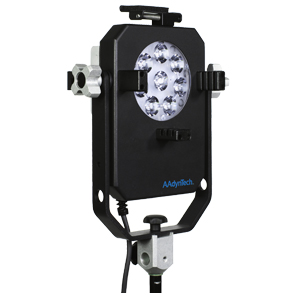Economy of operation is one the primary reasons that many industries are installing LED lighting. The technology also has operating temperatures that are below that of traditional methods of illumination, but LEDs still require a heat distribution system to manage thermal output.
LEDs don’t produce heat through infrared radiation, so they remain cool to the touch, but heat is generated within the device itself. The level will depend on whether the light is pulsed, steady, the wattage of the LED units, and junction temperatures.
Heat must be dissipated from LEDs for them to operate at top efficiency. If that energy isn’t siphoned off in some way, they become less reliable, inefficient, and emit less light. The illumination output is higher in cooler environments, making it essential for some type of heat sink or means of dispersing the generated heat.
Most high-quality LED lamps and fixtures are equipped with heat sinks that reduce the build-up of heat. Additional assistance may be required when the lights are used for long periods of time or at maximum output. Altering the housing surrounding the LEDs or adding fins can provide better heat transference away from the lights.
Fans are also convenient for forcing air past the LEDs to dissipate heat, but won’t be feasible for all types of applications. Liquid coolants offer another method of heat distribution and can be placed in fairly close proximity to the lights. When liquid coolants are prohibited due to safety regulations, thermal electric cooling (TEC) can be utilized that allows individuals to precisely control the level of cooling desired.
LEDs offer a variety of benefits over traditional means of illumination, but professionals will still encounter problems with heat distribution. Any materials used to transfer heat away from the lights should be able to move that thermal energy both vertically and horizontally for optimal performance.



